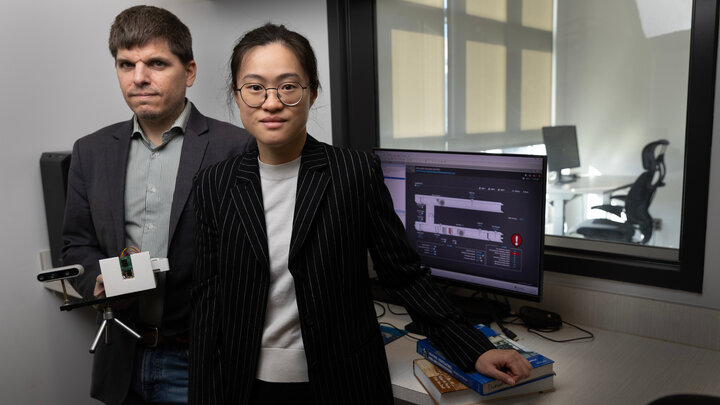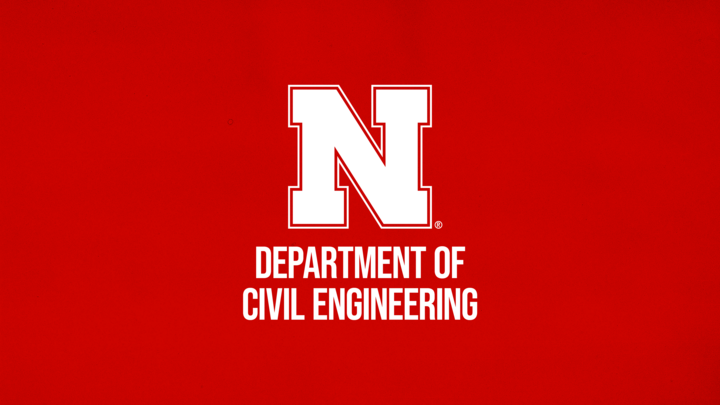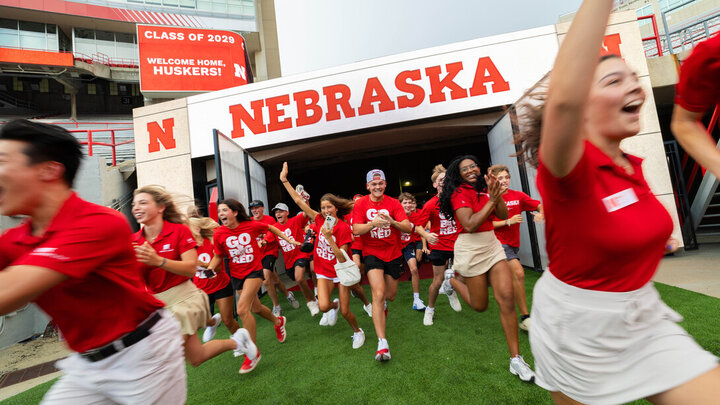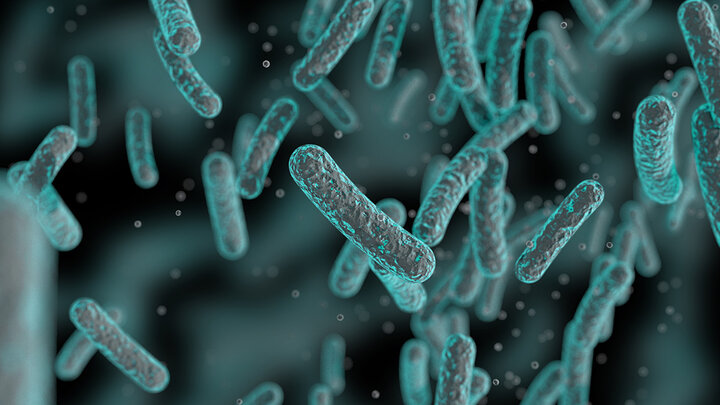A civil and environmental engineering research team was chosen to receive the American Society of Civil Engineers (ASCE) 2022 T.Y. Lin Award for a paper that proposes flexural design recommendations for precast, pretensioned ultrahigh-performance concrete (UHPC) applications in building and bridge construction.
The team members are:
- Chungwook Sim, associate professor of civil and environmental engineering.
- Maher Tadros, distinguished emeritus professor of civil and environmental engineering and the founding principal of e.Construct USA LLC.
- David Gee, a structural engineer with e.Construct specializing in UHPC and bridge design and a former graduate research assistant.
- Micheal Assad, a structural engineer at Kiewit, specializing in UHPC and bridge engineering and is a former graduate research assistant and graduate teaching assistant.
The paper – "Flexural Design of Precast, Prestressed, Ultra-High Performance Concrete Members" –was published in the November-December 2020 issue of PCI Journal. Among UHPC member flexural design recommendations in the paper, the team proposes experimental verification and numerical examples for decked I-beams, concrete floor slab, and concrete bridge box beams.
UHPC is a relatively new class of concrete – introduced in the early 1990s by French engineers – with superior compressive and tensile properties and excellent durability. Its superior compressive strength is created by utilization of quality-controlled ingredients and particle packing analysis aimed at reducing the air voids between the particles of the various ingredients. This optimized particle packing also creates a material that resembles ceramic and is highly impervious to deterioration due to freeze-thaw cycles.
The T.Y. Lin Award was endowed in 1968 to encourage the preparation of meaningful papers in the designated field of endeavor. It is given annually to the most outstanding paper from an article published in one of three prestigious structural engineering journals – ACI Structural, PCI Journal, and ASCE Journal of Structural Engineering.




